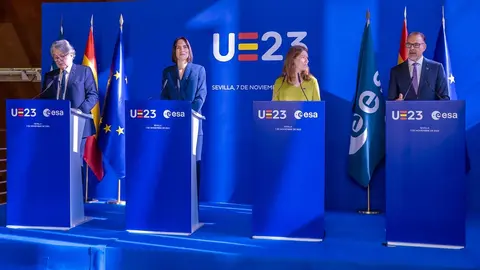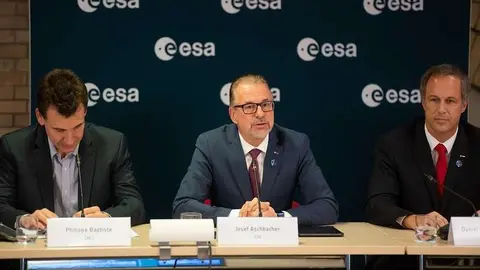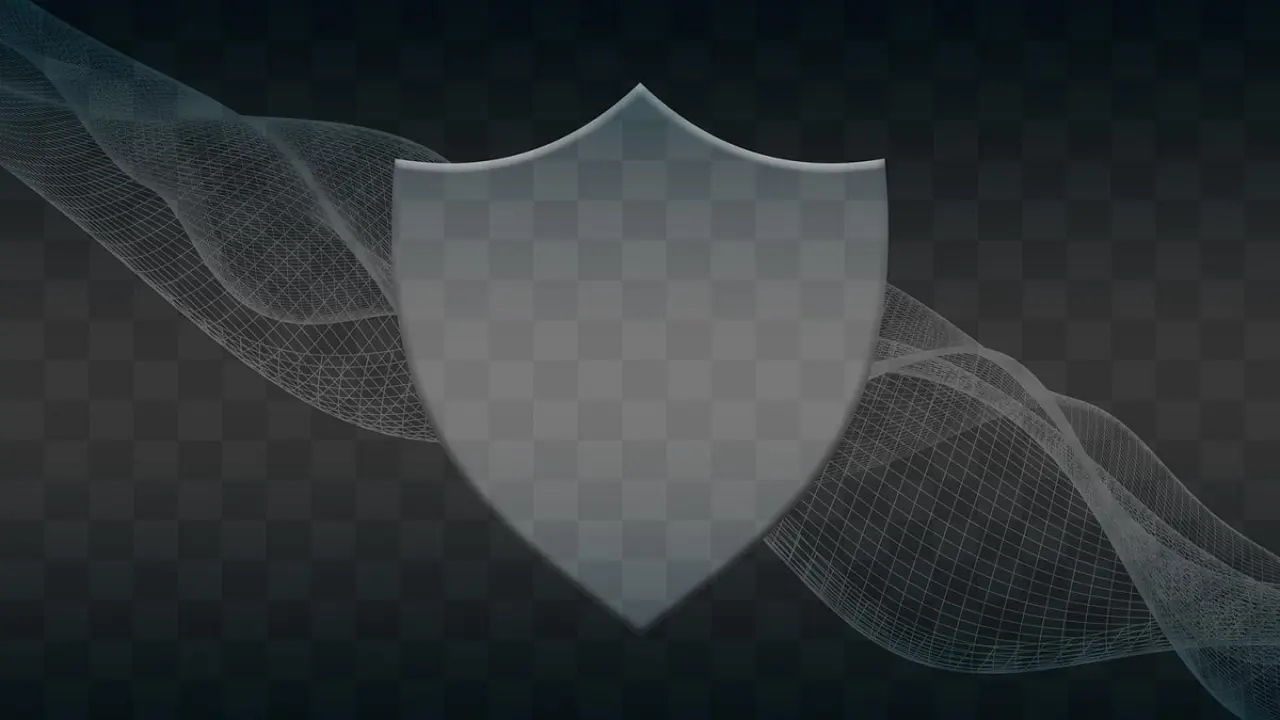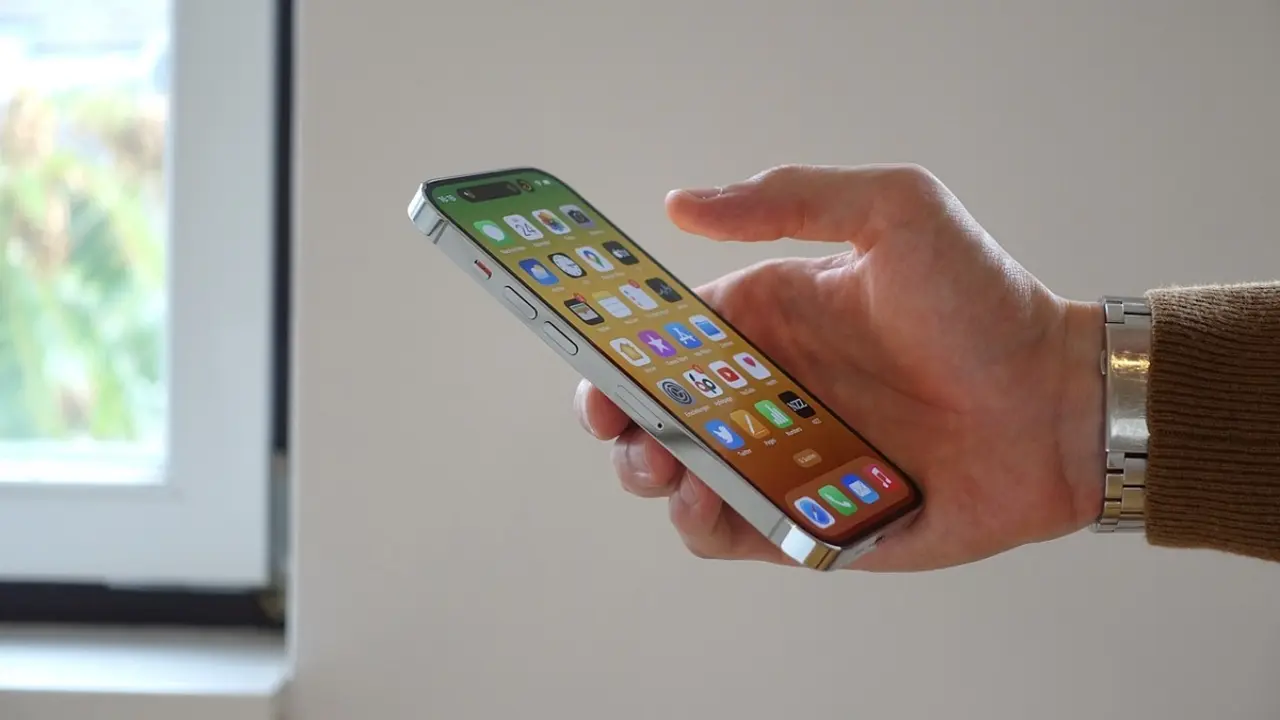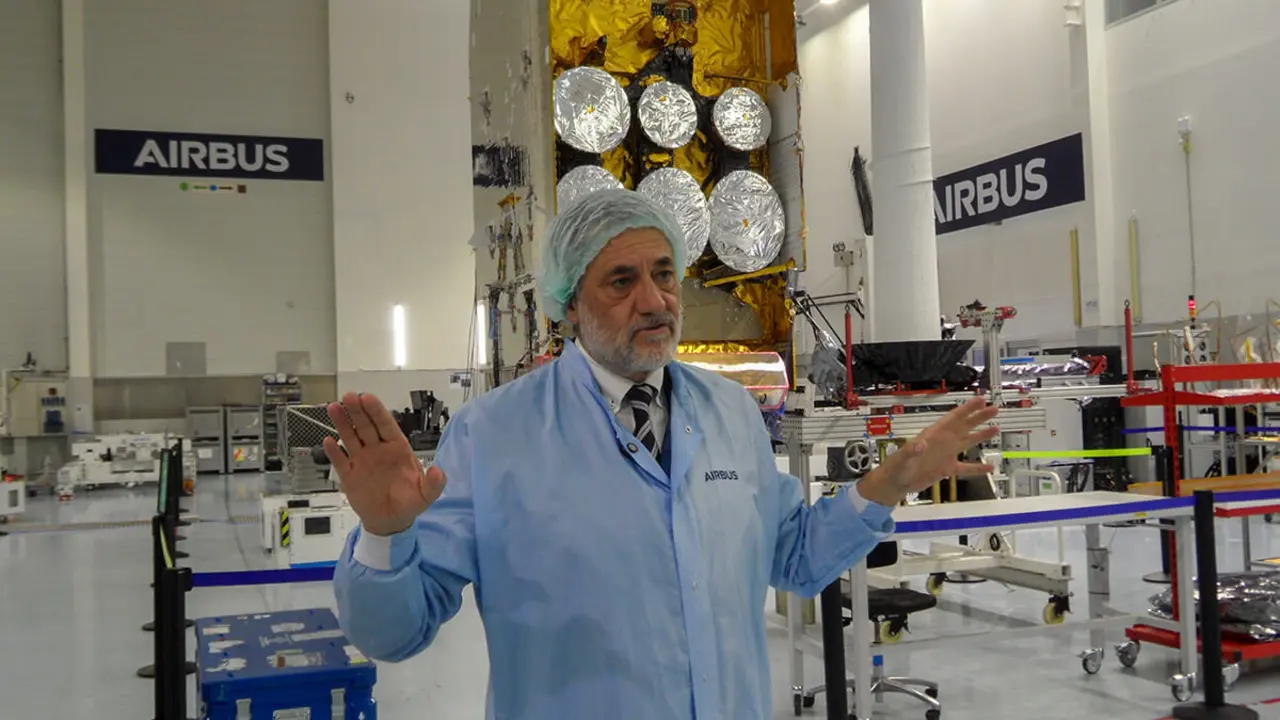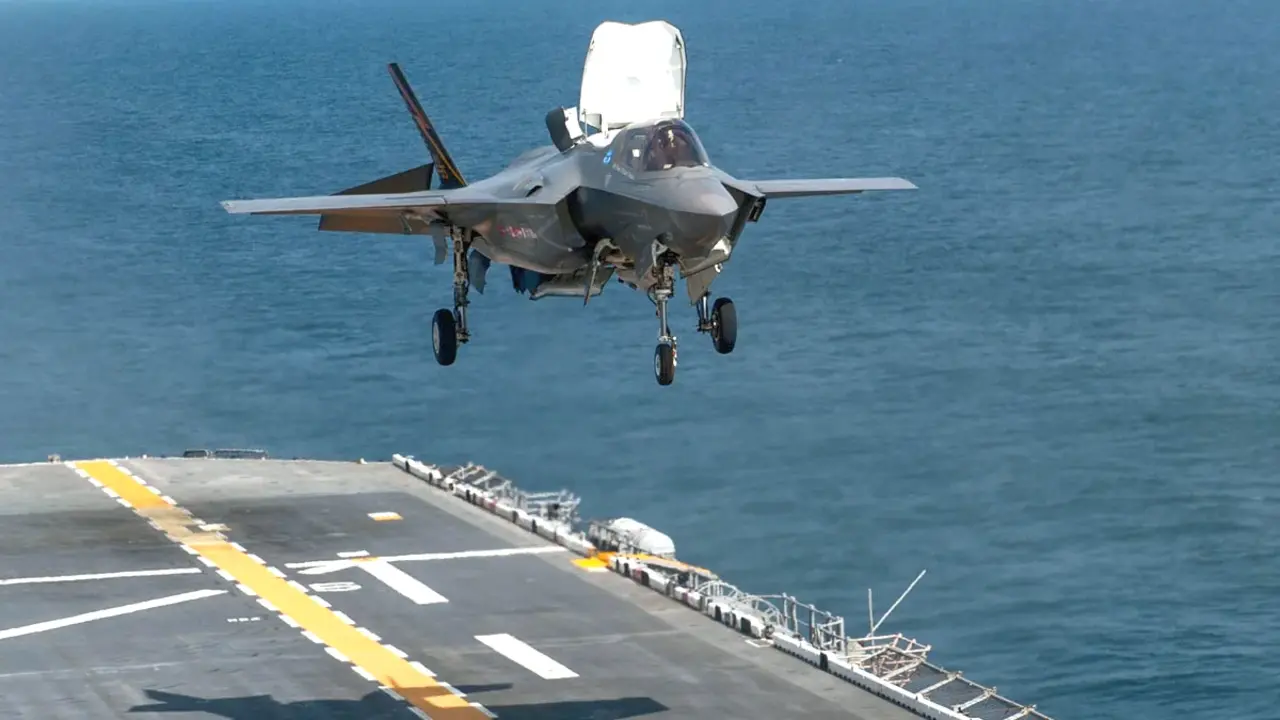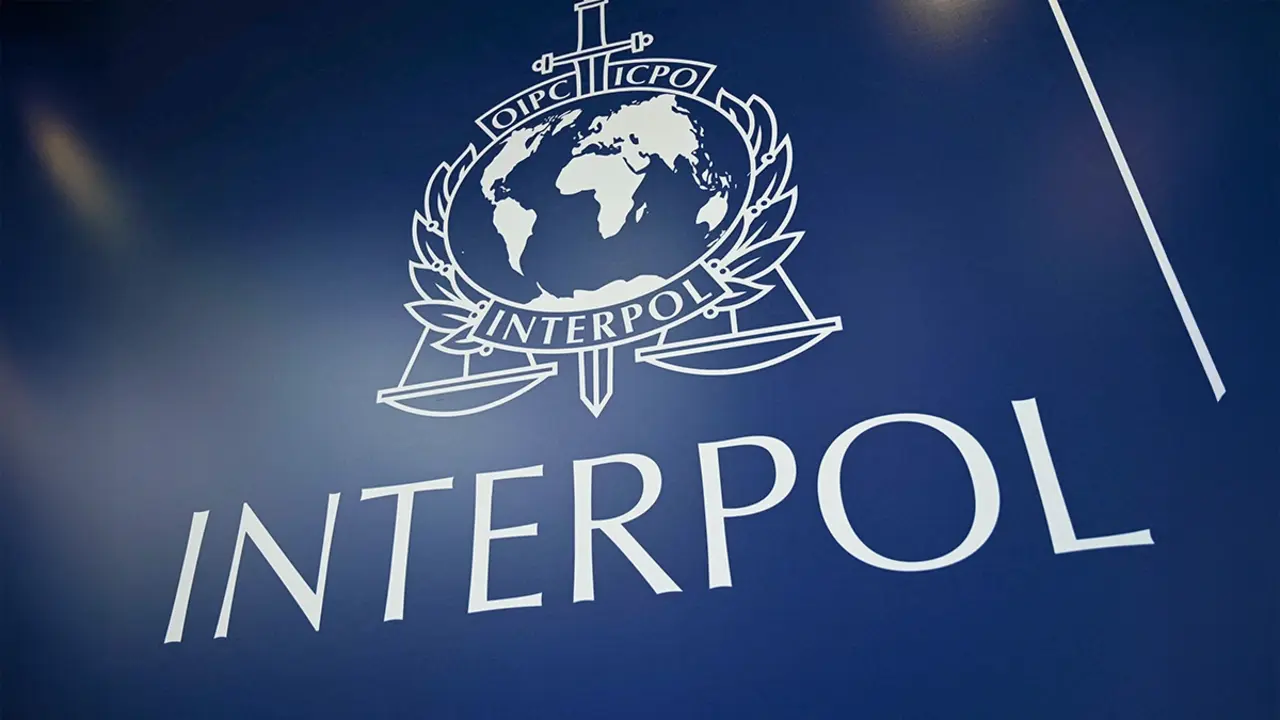The Spanish submarine S-81 and the European rocket Ariane 6, two projects with delays, cost overruns... and perseverance
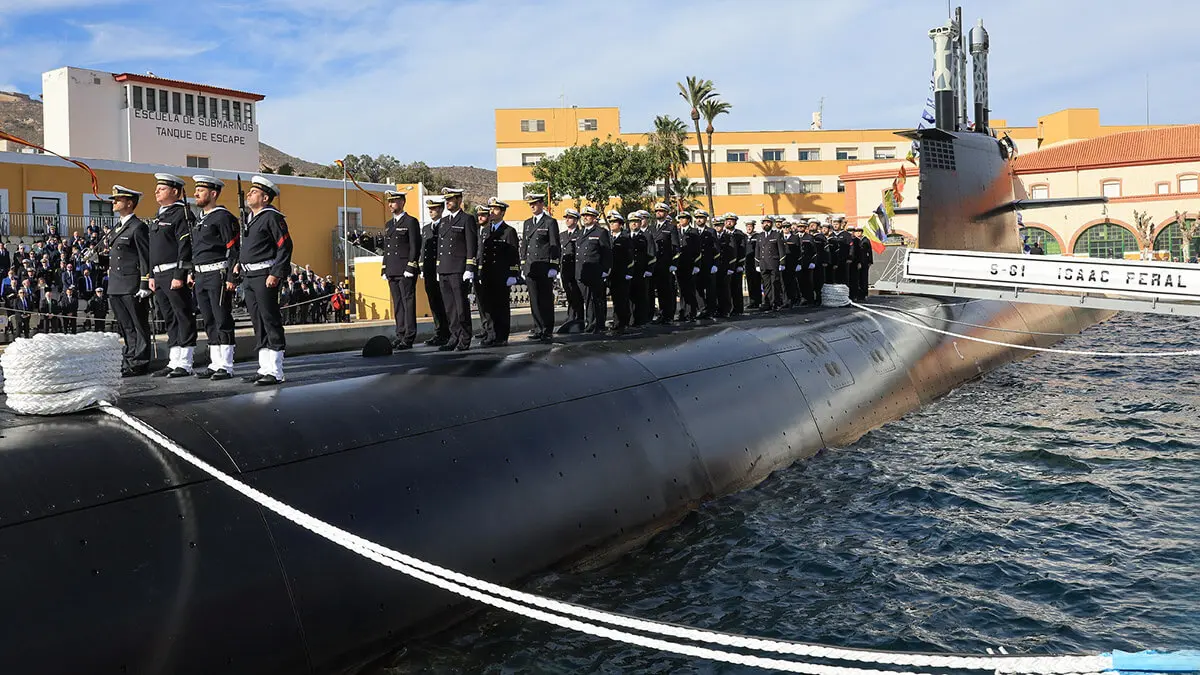
Two multi-million dollar strategic projects of great technological complexity are the centre of attention in the space and defence ecosystem. One and the other have come to light on the same day, but in very different geographical contexts and operational domains.
Both events occurred on Thursday, 30 November, but one in Spain and the other in France, with spin-offs on the other side of the Atlantic. They are a pair of large-scale initiatives due to the extreme sophistication and plurality of the systems involved, as well as their high economic, industrial, labour and global projection dimensions.
In one, the main contractor and design authority is the Spanish state shipyard Navantia. In the other, the French industrial consortium ArianeGroup. In both cases, two powerful platforms full of innovative equipment have become a reality, but they are born at the end of a technological cycle that seems to be already exhausted. So, in the coming months and years, both machines will have to prove that they are reliable and safe in very different scenarios: space and naval.

The one led by Navantia was created with the aim of becoming a key instrument of national deterrence. These are the S-80 class submarines, the first example of which, the S-81 "Isaac Peral", has just been received by the Navy at the Cartagena arsenal (Murcia). Under the command of Lieutenant Commander Manuel Corral, it captains a small crew of 32 sailors, selected and trained to operate the most advanced, automated and powerful conventional diesel-electric submersible in the Spanish Navy.
The other technological behemoth is very different, but also of unquestionable strategic importance. It is Ariane 6, a disposable rocket funded by the European Space Agency (ESA). The launch window for its maiden flight "runs from 15 June to 31 July 2024 and the definitive date will be announced in March or April," confirmed the agency's director general, Josef Aschbacher, at a briefing in Paris, 1,500 kilometres from Cartagena, on the morning of the S-81 delivery.
The Ariane 6 faces a double challenge: to prove that it is capable of competing on price and reliability with the American recoverable and reusable Falcon 9 launcher from SpaceX, a company created by entrepreneur Elon Musk, which dominates the launch services market on a global scale.

Failed plans and soaring costs
Apart from the coincidence of dates between the S-81 ceremony and the announcement of the Ariane 6 launch window, is there any other similarity between the Spanish submarine programme and the European launcher programme? Yes, there are. On the last day of November, senior officials from Margarita Robles' Ministry and the Navy, the Spanish naval and defence industry, and political and business leaders from the Murcia region gathered in Cartagena.
And on the same day, at almost the same time, at ESA headquarters in rue Mario Nikis, near the Eiffel Tower, a video conference began, chaired by Josef Aschbacher, accompanied by the top executives of the European institutions responsible for the development and operation of Ariane 6: the president of the French Space Agency, Philip Baptiste; the executive president of Arianespace, Stéphane Israel; and the CEO of ArianeGroup, Martin Sión. One after the other, they outlined the steps that the new European rocket would take until the launch campaign prior to the announced liftoff.
The staging had its raison d'être: to try to show the end of the long tunnel of four years of delays and cost overruns for Ariane 6. With the endorsement of then French president François Hollande and Airbus CEO at the time, German Tom Enders, ESA estimated in September 2014 that Ariane 6's maiden flight would take place in the second half of 2020, which has not happened.
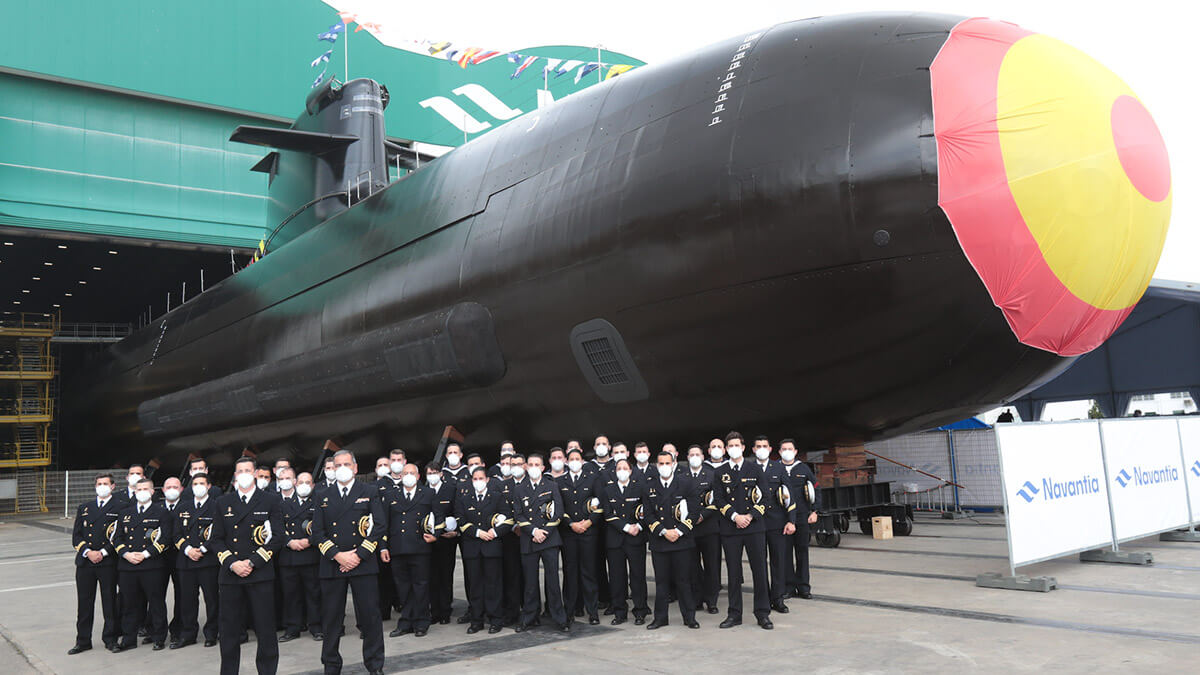
ESA also estimated in 2014 that an investment of €3.915 billion was required to get the rocket off the ground. This included the construction of the launch pad in French Guiana, the development of the upgraded Vulcain 2 cryogenic main engine and the reignitable Vinci engine. Almost 10 years later, Ariane 6 development costs have soared to 7 billion euros... or more. And "there are still two critical tests in December before we get the green light," says the ArianeGroup boss.
What the computer simulations have been able to validate is that Ariane 6, with two propulsion stages, 63 metres high and capable of generating up to 15,000 kilo Newton (kN) to lift its nearly 1,000 tonnes of weight, is enough to place just over 5 tonnes in geostationary transfer orbit and 10.3 tonnes in low Earth orbit.
And what does the Ariane 6 have to do with the Spanish submarine? Well, something similar, or perhaps worse, has happened to it. The S-80 was designed by Navantia more than 20 years ago with the cutting-edge technology of the time: the Air Independent Propulsion system, or AIP for short.
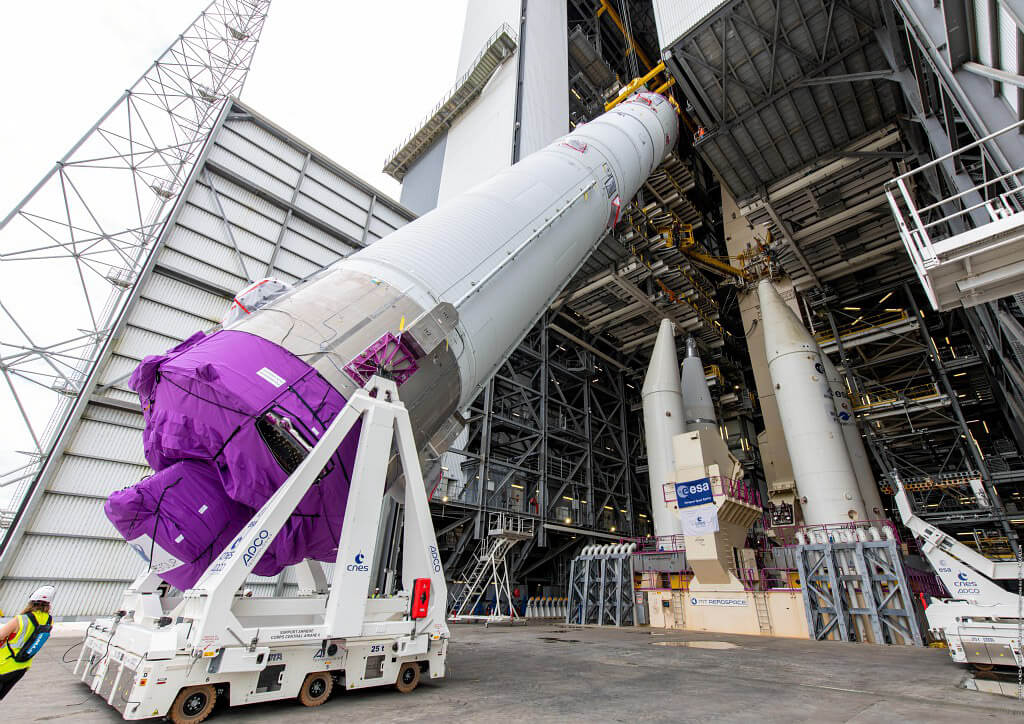
The tendency to sell the bear's skin before it's hunted
However, the AIP, on which a subsidiary of the Spanish company Abengoa was working, was not ready on time or in shape. As a result, the S-81 does not incorporate the AIP system, which will be installed at a later date. The first to be fitted as standard will be the S-83 "Cosme García", around 2025.
In addition to the lack of AIP, there was a problem of excess weight of the structure, which forced the Navy and Navantia to request the collaboration of the main American submarine manufacturer, General Dynamics Electric Boat, which drew the master lines of the project in its final elongated conception, which is the one that has become a reality. The result is a monohull submarine, 80.8 metres long and with a submerged displacement of almost 3,000 tonnes.
The S-80 programme dates back to the spring of 2003, when in the time of Federico Trillo as Minister of Defence and José María Aznar as Prime Minister, the execution order was signed for the construction of four new submarines. The result was to be a conceptual evolution of the Scorpene submarines of the French state shipyard DCNS, today NavalGroup, a company with which Navantia had unilaterally broken its cooperation agreement. The initial schedule was to proceed with the launching of the S-81 in 2013...
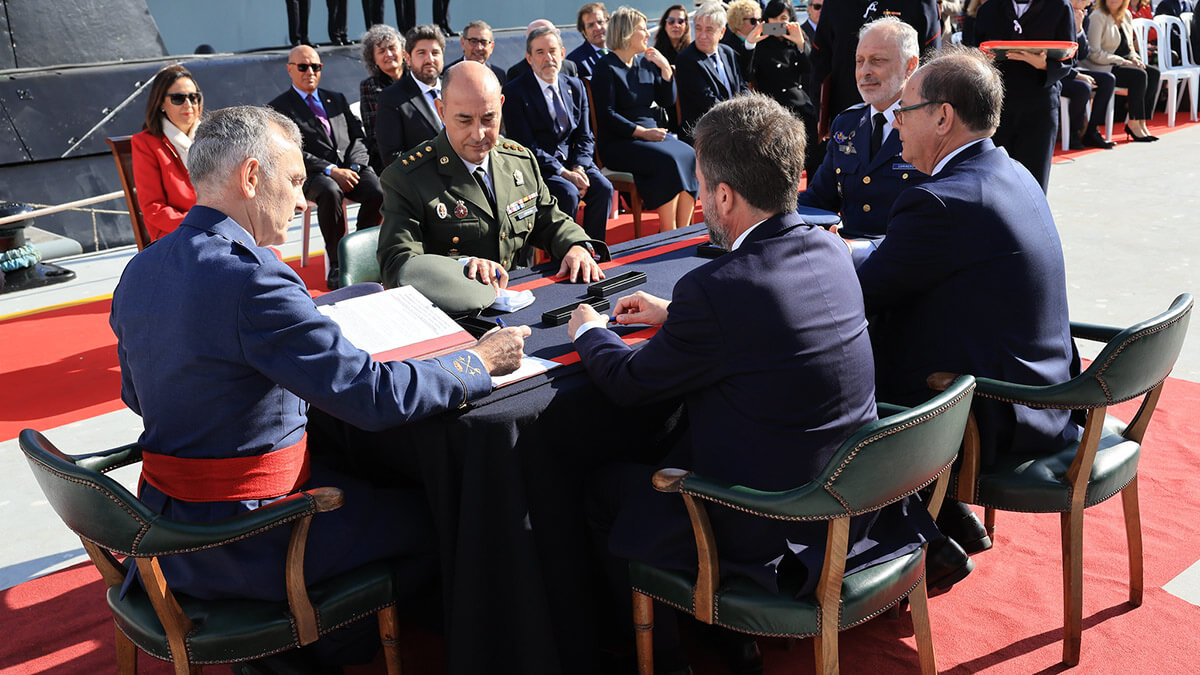
In terms of investment. The budget for the purchase of the four submarines in 2003 amounted to 2,135 million euros, which means a unit cost of 533.8 million. Delays and incidents have raised the spending ceiling to 3,906.7 million, or 976.5 million per submarine, 83% more expensive.
But there are more similarities between the S-80 programme, its first newborn - the S-81 - and the Ariane 6: they are the subject of inordinate adulation and receive praise that follows the pattern of "selling the bear's skin before it's hunted". They have not yet demonstrated the capabilities for which they were designed and are the subject of misplaced claims.
The European Commissioner for the Internal Market, Thierry Breton, and the head of ESA, Josef Aschbacher, recently said in Seville that Ariane 6 is set to be "the world leader in the commercial space launch market". And on 30 November in Cartagena, during the delivery ceremony for the S-81, the Secretary of State for Defence, Amparo Valcarce, said that the S-80 is "one of the most complex technological projects undertaken in our country". Very true, but from there to also proclaiming that it "places the Spanish naval industry as a world leader", there is an abyss.
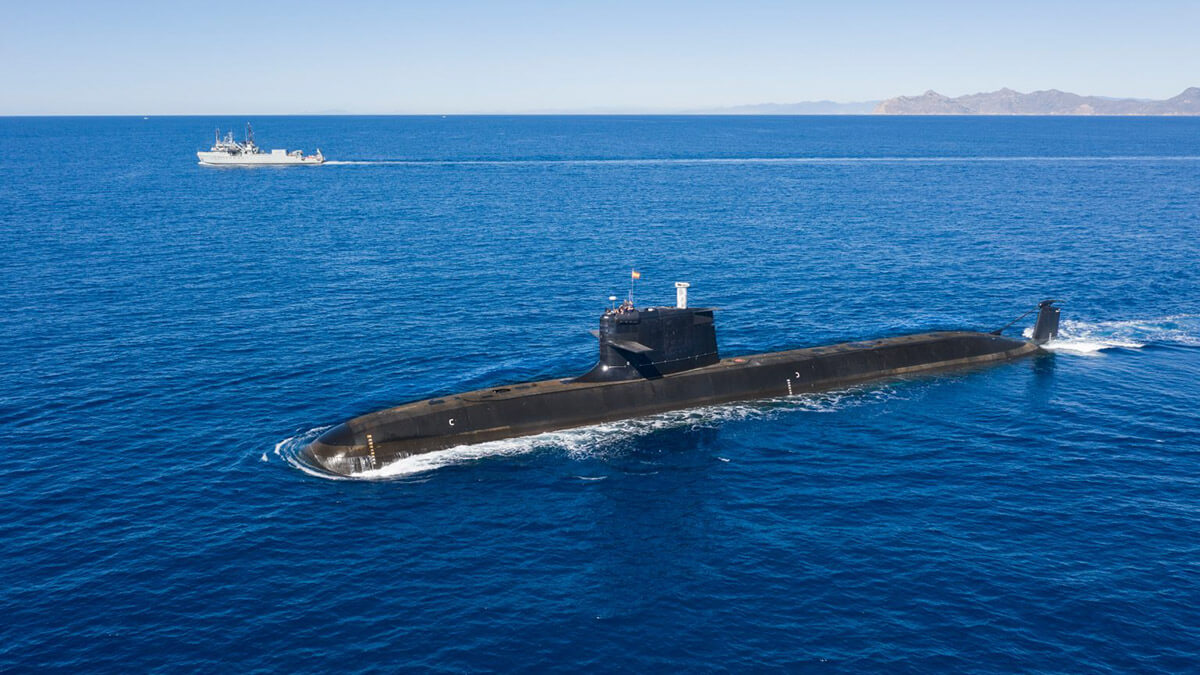
It has also been said that third countries "are bidding for it". This will be verified when export contracts are confirmed. And the Ministry of Defence exaggerates when in an official communiqué dated 30 November it states that, with the S-81, "Spain joins the club of ten countries with the capacity to design and build submarines". It seems that someone has got the maths wrong.
Submarines are designed and built by shipyards in Germany, China, South Korea, the United States, France, India, Japan, the United Kingdom, Russia, Sweden and the United States, making a total of ten. "But the ranking also includes Taiwan, Italy and we must not forget Brazil," points out a sailor of great prestige in the Submarine Weapon. In short, Spain and Navantia do not form part of the Top 10 submarine builders, but they are there. And Europe does not yet have a launcher in service, but it will have one soon. There can be no doubt about the stubbornness - and the money! to get the two projects off the ground.


